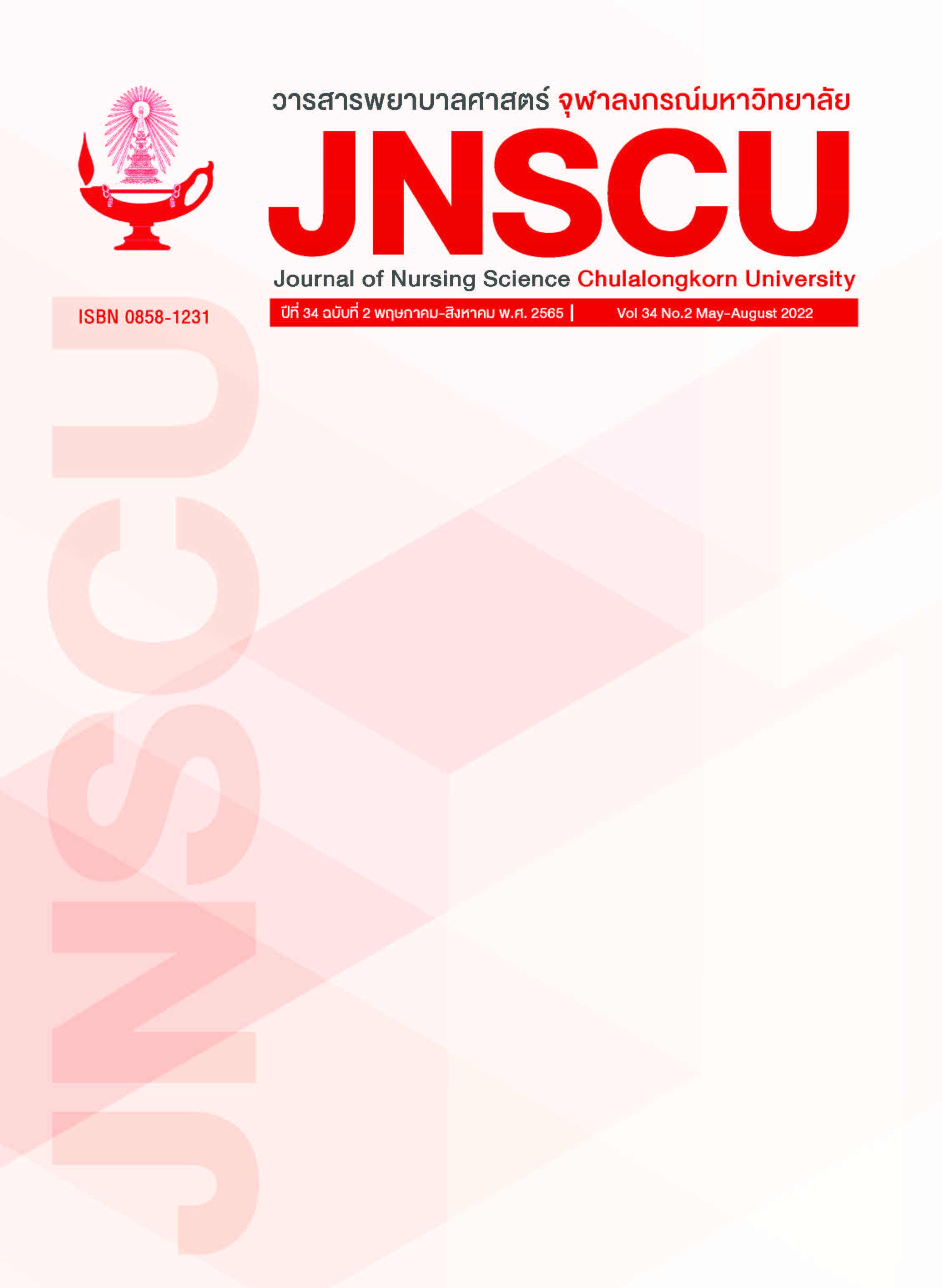EMERGENCY DEPARTMENT VISITS FOR NON-URGENT PATIENTS IN SIRIRAJ HOSPITAL: CROSS-SECTIONAL DESCRIPTIVE STUDY
Keywords:
Non-urgency patient, Emergency service, TriageAbstract
Purpose: This research aimed to examine emergency department visits for non-urgent patients and to study the relationship between the selected factors with the chosen medical service's next visit with the same conditions.
Design: A cross-sectional descriptive research.
Methods: A total of 800 non-urgent patients who visited the emergency department at Siriraj Hospital were recruited by purposive sampling. The research instruments consisted of 1) the demographic data questionnaire, 2) the causes of emergency department visits for non-urgent patient’s questionnaire, and 3) the factors chosen medical service's next visit with the same condition questionnaire. The data were analyzed using descriptive statistics, Yate’s continuity correction test, or Fisher’s exact test.
Results: The most common reasons for non-urgent patients who visited the emergency department were that the patient felt symptoms of a severe condition could not wait (45.5%), the patient was unaware of the context of emergency department service (21.7%), and the patient found it not convenient to receive services during official working hours (15.2%). The selected factors with the chosen medical service's next visit with the same conditions found that perceptions of the registration process of specialized clinics had a positive correlation with the chosen medical service's next visit with the same conditions that were statistically significant (X2 = 6.11, p < .05).
Conclusion: The patients felt symptoms of a severe condition could not wait, and the patient was unaware of the context of emergency department service. Perceptions of the registration process of a specialized clinic had a correlation with the chosen medical service's next visit with the same conditions. Therefore, providing advice on service procedures or appointments at specialized clinics or increasing access channels to an after-hours clinic can help reduce the overcrowding of the emergency department.
Downloads
Published
Issue
Section
License
Copyright (c) 2023 Journal of Nursing Science Chulalongkorn University

This work is licensed under a Creative Commons Attribution-NonCommercial-NoDerivatives 4.0 International License.
ลิขสิทธิ์ของบทความที่ตีพิมพ์เป็นของวารสารพยาบาลศาสตร์ จุฬาลงกรณ์มหาวิทยาลัย ทั้งฉบับตีพิมพ์เป็นรูปเล่มและเอกสารออนไลน์



